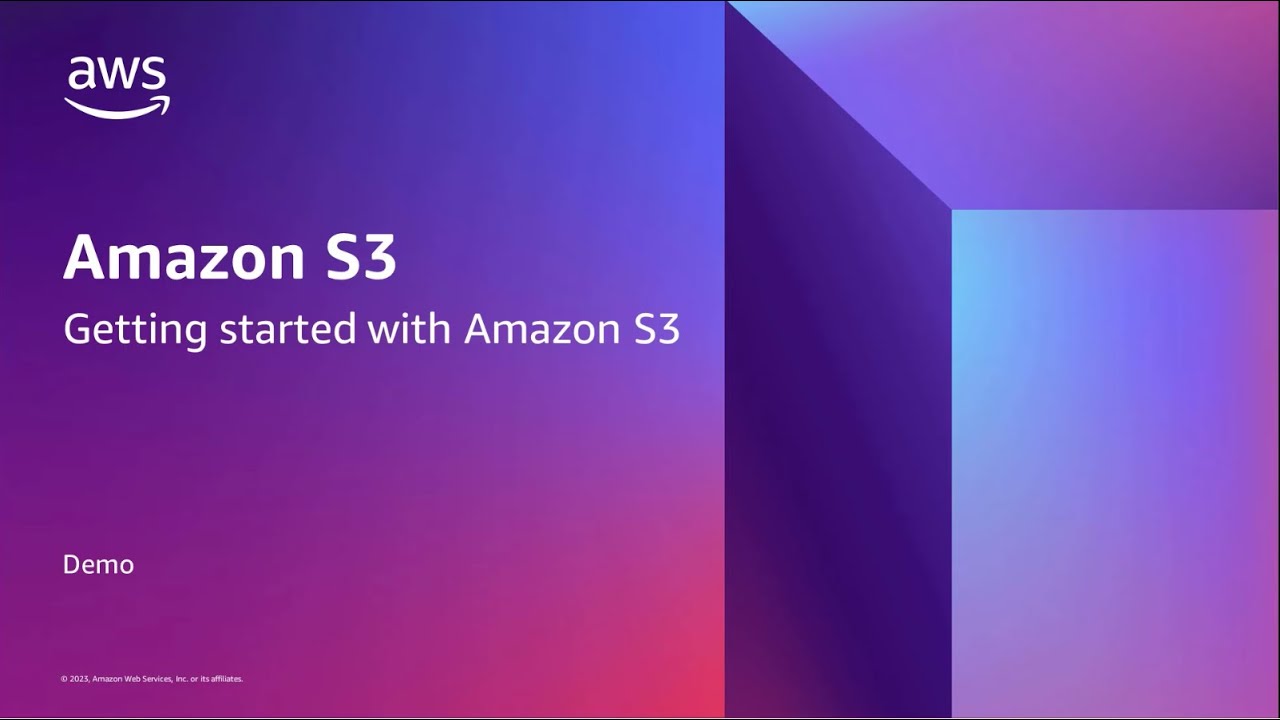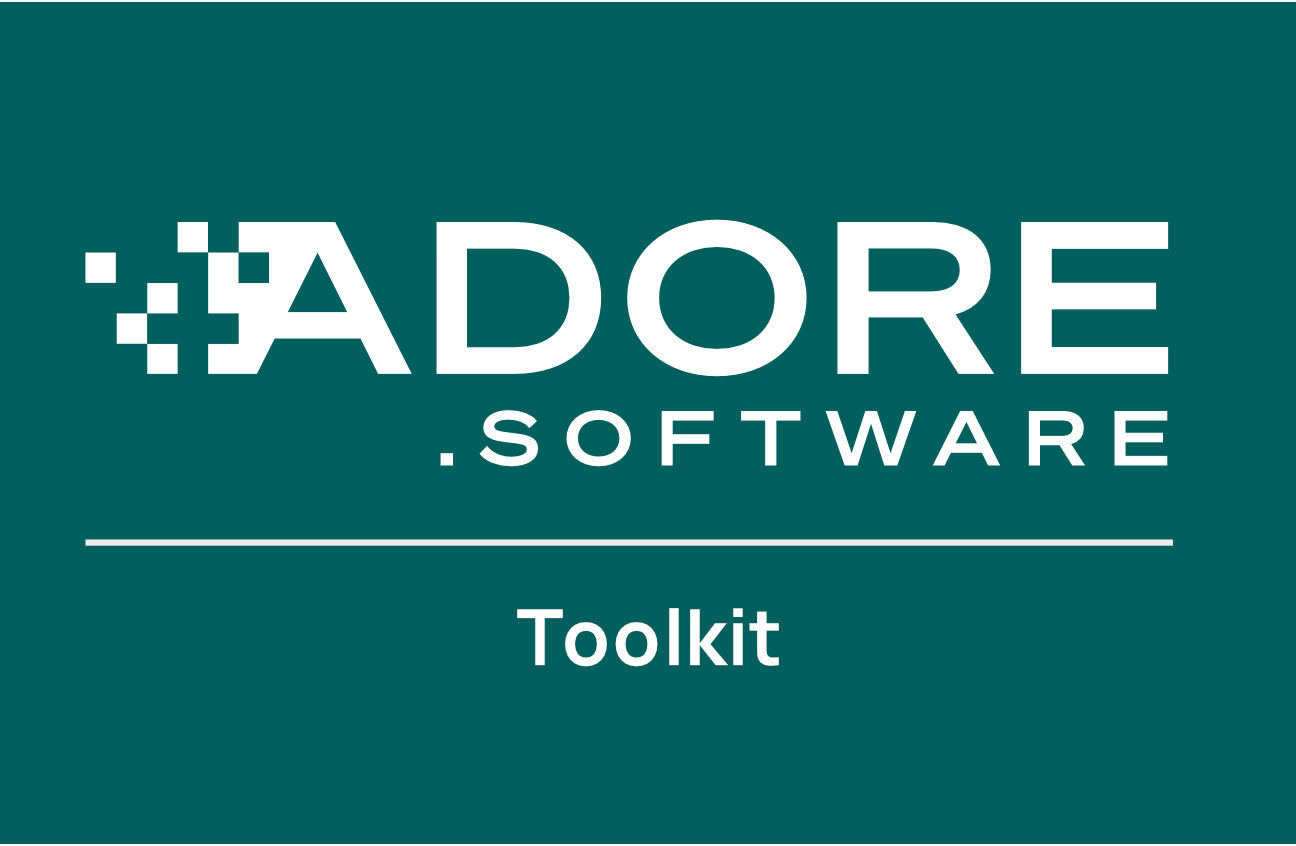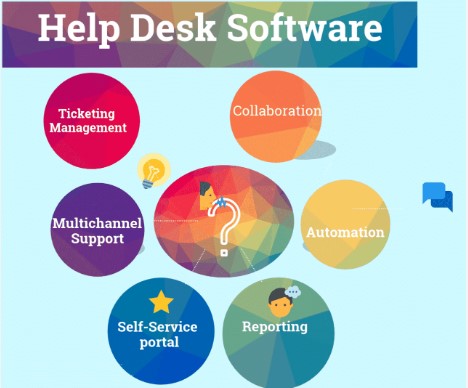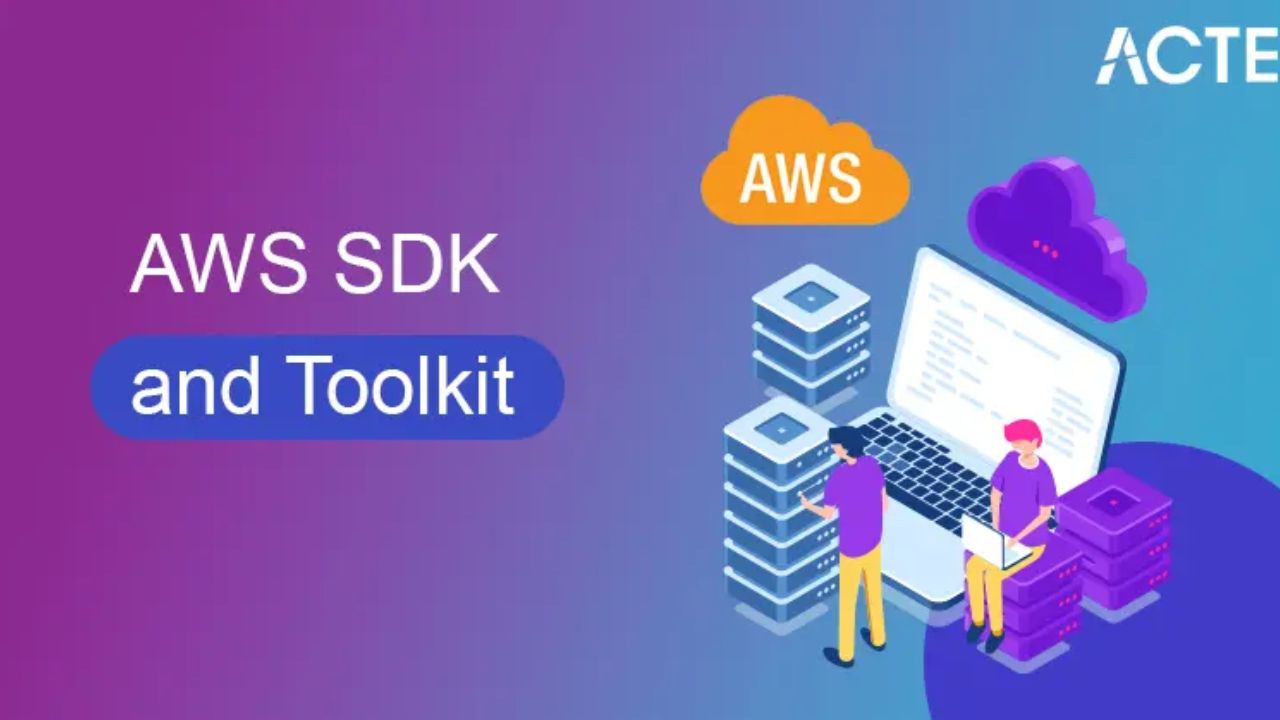Decoding Efficiency with Amazon AWSSDK S3

In the ever-expanding landscape of cloud computing, Amazon Simple Storage Service (S3) stands out as a cornerstone for secure, scalable, and efficient cloud storage. This article delves into the intricacies of the Amazon AWSSDK S3 software development kit (SDK), highlighting its capabilities and how it empowers developers to harness the full potential of cloud-based storage solutions.
Navigating the AWS S3 Development Landscape
Amazon AWSSDK S3 is a powerful tool that allows developers to seamlessly integrate Amazon S3 capabilities into their applications, providing a robust and reliable foundation for cloud-based storage needs.
Key Features of Amazon AWSSDK S3:
1. Seamless Integration: One of the standout features of Amazon AWSSDK S3 is its seamless integration with various programming languages, including Java, .NET, Python, and more. This flexibility enables developers to incorporate Amazon S3 functionalities into their applications, regardless of the language they are using.
2. Enhanced Security Measures: Security is a top priority in cloud storage, and Amazon AWSSDK S3 doesn’t disappoint. With features like server-side encryption and access control policies, developers can ensure that data stored in Amazon S3 remains private and protected against unauthorized access.
3. Scalability and Performance: Amazon S3 is designed to scale effortlessly with the demands of applications. Amazon AWSSDK S3 enables developers to tap into this scalability, ensuring that as data requirements grow, the storage infrastructure seamlessly accommodates the increased workload while maintaining optimal performance.
4. Versioning and Lifecycle Management: Versioning and lifecycle management are critical aspects of effective data governance. Amazon AWSSDK S3 allows developers to implement version control for objects stored in S3, providing a safeguard against accidental deletions or modifications. Additionally, lifecycle policies help automate the transition and deletion of objects, optimizing storage costs.
5. Multipart Upload Support: Large file uploads can be a challenge, but Amazon AWSSDK S3 simplifies this process with support for multipart uploads. This feature enhances performance and reliability, especially in scenarios where network conditions or other factors may interrupt a single large upload.
Exploring Advanced Use Cases with Amazon AWSSDK S3
Advanced Use Cases and Best Practices:
1. Data Transfer Acceleration: Amazon AWSSDK S3 offers a feature known as Transfer Acceleration, which enables faster uploads to and downloads from Amazon S3 by utilizing Amazon CloudFront’s globally distributed edge locations. This is particularly advantageous for applications with users distributed across different geographical regions, enhancing the overall user experience.
2. Event-Driven Architecture with S3 Events: Developers can leverage Amazon S3 Events, supported by the AWSSDK, to enable event-driven architecture. This allows automatic triggering of actions, such as invoking AWS Lambda functions or notifying Amazon Simple Notification Service (SNS) topics, in response to specific events like object creation, deletion, or modification within S3 buckets.
3. Fine-Grained Access Control with Bucket Policies: AWS Identity and Access Management (IAM) controls access to AWS resources, but developers can further refine access control at the bucket level using Bucket Policies with Amazon AWSSDK S3. This allows for granular control over who can perform specific actions on the bucket or its contents.
4. Versioning for Data Resilience: While mentioned earlier, the use of versioning in Amazon S3, facilitated by AWSSDK S3, is particularly valuable for ensuring data resilience. Developers can recover from unintended overwrites or deletions by accessing previous versions of objects, providing an additional layer of data protection.
5. Cost Optimization Strategies: Amazon AWSSDK S3 supports various features for optimizing costs associated with storage. For example, developers can utilize the S3 Storage Class Analysis to identify infrequently accessed objects and transition them to lower-cost storage classes. Additionally, the Intelligent-Tiering storage class automatically adjusts object storage costs based on changing access patterns.
Conclusion
As developers delve deeper into the capabilities of Amazon AWSSDK S3, they unlock a myriad of possibilities for advanced use cases and optimizations. Whether accelerating data transfers, implementing event-driven architectures, enforcing fine-grained access control, ensuring data resilience through versioning, or optimizing costs, the SDK provides a robust toolkit for addressing diverse storage challenges.
In the ever-evolving landscape of cloud computing, Amazon AWSSDK S3 stands as a testament to the adaptability and scalability needed for modern applications. By embracing the advanced features and best practices facilitated by the SDK, developers can elevate their cloud storage strategies, creating resilient, efficient, and cost-effective solutions that align seamlessly with the demands of today’s digital landscape.
In conclusion, Amazon AWSSDK S3 emerges as an indispensable tool for developers seeking efficient, secure, and scalable cloud storage solutions. Its seamless integration, enhanced security measures, scalability, versioning capabilities, and support for multipart uploads make it a versatile SDK that aligns with the diverse needs of modern applications.
As cloud computing continues to evolve, Amazon AWSSDK S3 remains a foundational element in the toolkit of developers worldwide. Its ability to simplify complex storage requirements and provide a reliable infrastructure underscores its significance in the ever-growing realm of cloud-based technologies. With Amazon AWSSDK S3, developers can confidently navigate the cloud storage landscape, unleashing the full power of Amazon S3 for their applications.




